20. Furious 7 (2015)
Worldwide box office: $1.516bn
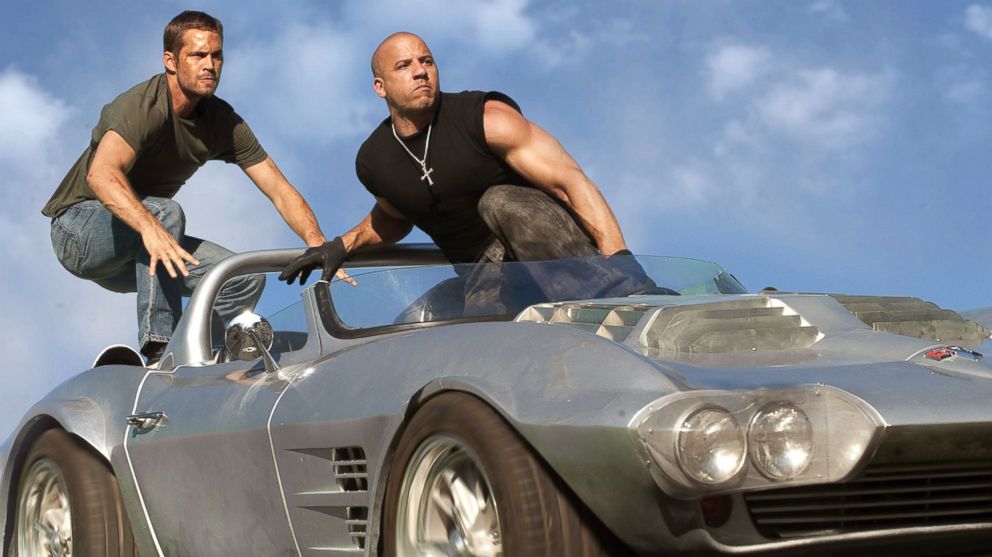
Perhaps it would be insensitive to suggest that the reason that Furious 7 was such strong performer at the global box office was because audiences were interested in seeing how the franchise would cope following the passing of Paul Walker.
Certainly, the off-screen developments were certainly a pulling factor as the film and the final moments of the film, which are dedicated to Walker, are sensitive and poignant.
19. Minions (2015)
Worldwide box office: $1.159bn
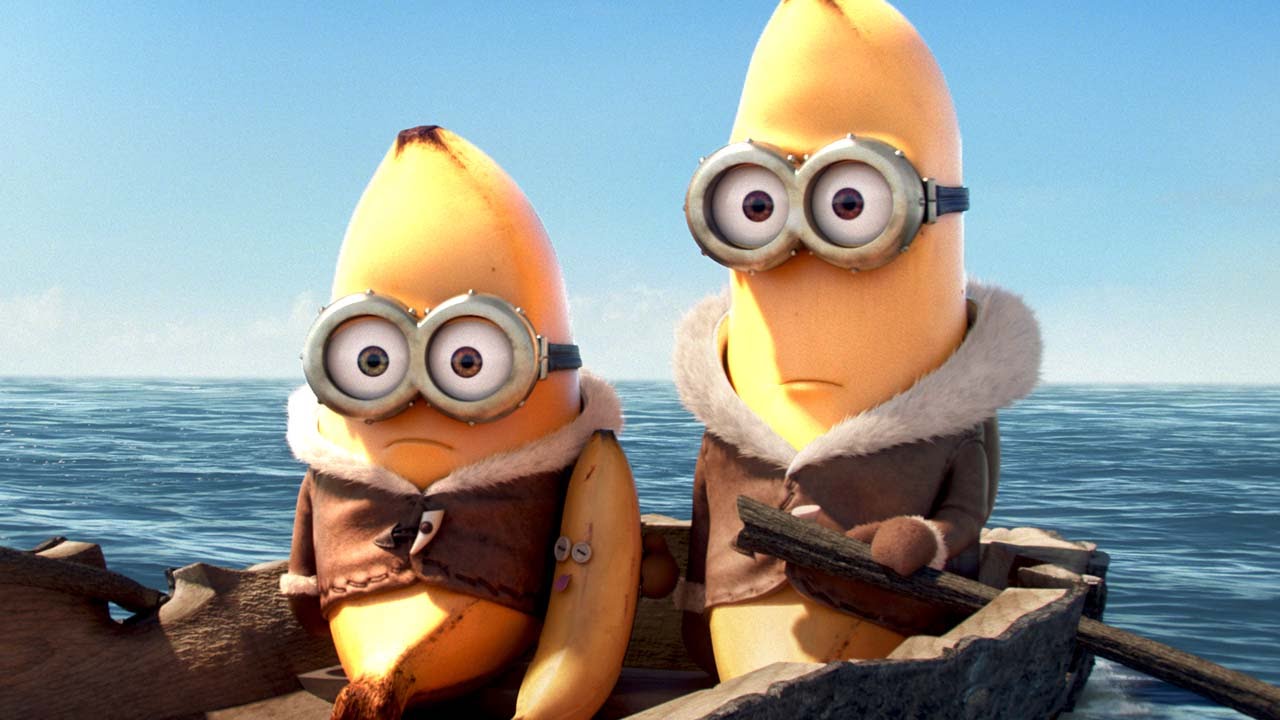
Love them or loathe them, the small, squabbling creatures designed to do the evil bidding of their master are here to stay. The minions are such a feature of modern culture that they are almost impossible to avoid.
Their spin-off feature gives the filmmakers an opportunity to fully embrace the slapstick nature of the minions in a history lesson that shows off their limitless buffoonery. Complications arise when speaking characters enter the fray and give the minions their driving motivation for the film, as the most fun can be had watching the three heroes fooling around with each other. Every time a human character comes up on screen explaining a dastardly plan of some sort, the immediate thought is “where did the minions get to?”
18. Avengers: Age of Ultron (2015)
Worldwide box office: $1.405bn
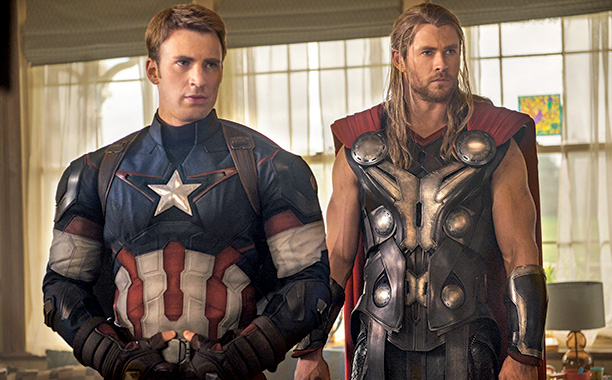
One of the main selling points of the Marvel Cinematic Universe is that every film requires mandatory attendance, as all are somehow linked and are leading towards an endgame within the next couple of years. However the problem that Avengers: Age of Ultron has is that it attempts to add too many new characters instead of consolidating and building on the characters that were already present.
Naturally this means that sharing the screen time around so many heroes and villains was a task that anyone would find challenging. Fortunately, Joss Whedon’s script fizzes with energy and wonderfully delivered one-liners, not least from James Spader, whose voice talents are used to fantastic effect as the nefarious Ultron.
17. Titanic (1997)
Worldwide box office: $2.186bn
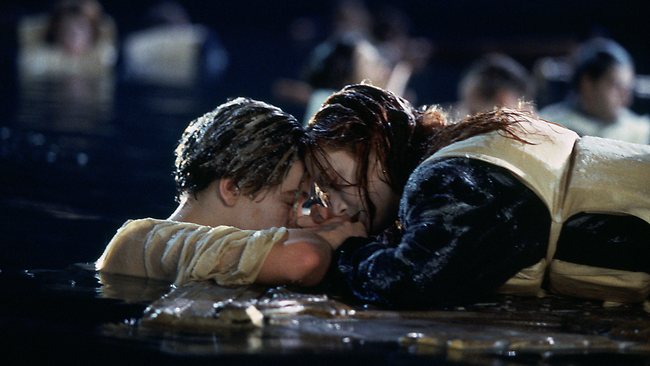
James Cameron’s epic story of a young aristocrat falling in love on the ill-fated HMS Titanic held the spot as the highest grossing film of all time for over a decade, only to be surpassed by another of Cameron’s works.
While the chemistry between Kate Winslet and Leonardo DiCaprio sparkles, the dialogue always threatens to undo the pair. The sinking of the ship, however, is a tragic yet spectacular sequence that artfully balances the visual effects with heart-breaking shots of mothers putting their children to bed, or an elderly couple saying goodbye to each other as the ship breaks up. It is these moments that hit harder than the central narrative, and linger long after the credits have rolled.
16. Finding Dory (2016)
Worldwide box office: $1.028bn
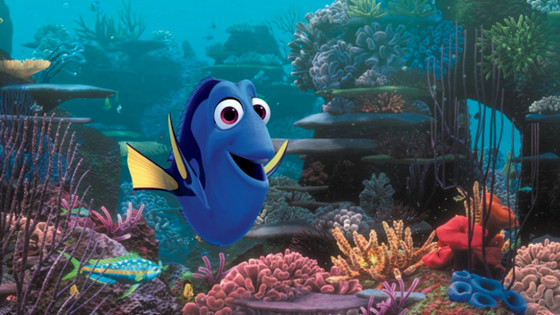
As soon as it was announced that there would be a sequel to the beloved family classic Finding Nemo, the immediate worry was whether Finding Dory would live up to its predecessor. Ultimately this is a hard task, not helped in the film by the recycling of old scenes from Finding Nemo, which makes one feel like it would be more fun just watching the original again.
For all its flaws, Finding Dory is still a vibrant and colourful addition to the Pixar canon, although it yet another sequel to a much-loved classic which can make you wonder what happened to the original Disney Pixar films.
15. Avatar (2009)
Worldwide box office: $2.788bn
![]()
James Cameron’s space epic, the highest grossing film of all time, and one of only two films on this list that is not a sequel, remake or adaptation of some sort, is a visual spectacle that lets the audience drink in every scene. The film was made with the aim to utilise the 3D screens that were returning to popularity, and not until Alfonso Cuaron’s Gravity did any picture use stereoscopy so well.
Yes, the story and dialogue leaves a lot to be desired. If you cannot predict where the film is going after an hour, you were probably asleep. But Avatar is not a film that can be defined by its plot. It must be experienced, on the biggest and loudest screen possible. If you missed it in the cinema when it was released, the effect of the film would now be lost on any television.
14. The Hobbit: An Unexpected Journey (2012)
Worldwide box office: $1.021bn
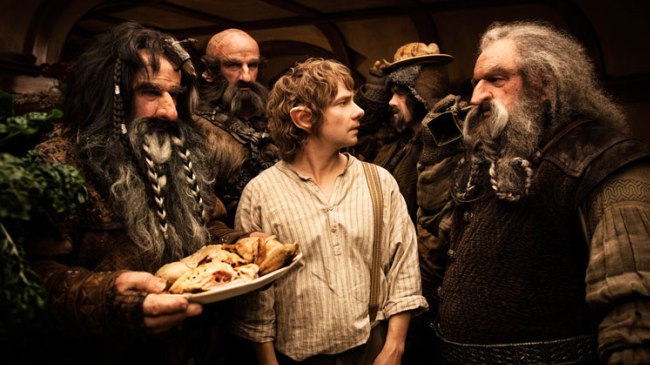
Assuming that The Hobbit would be on a par with the Lord of the Rings was to expect far too much. Not only has The Lord of the Rings already become a classic of cinema, tonally, the literary sources are very different, with The Hobbit written as a book for children and the darker aspects of Middle Earth confined to The Lord of the Rings.
Adapting a single book across three films means that the material is thinly spread across the runtime. Whereas much of the joy of The Lord of the Rings revolves around drinking in the stunning landscape and setting, The Hobbit’s visual style is far more imbued with CGI, resulting in some of the magic being lost.
There are touches of the best of Jackson’s Middle Earth work here, most notably Bilbo’s encounter with Gollum in the mines. Scenes like this are few and far between, and given the presence of both Bilbo and Gandalf in The Lord of the Rings, there is never any sense of peril facing the heroes of the adventure.
13. Rogue One: A Star Wars Story (2016)
Worldwide box office: $1.056bn
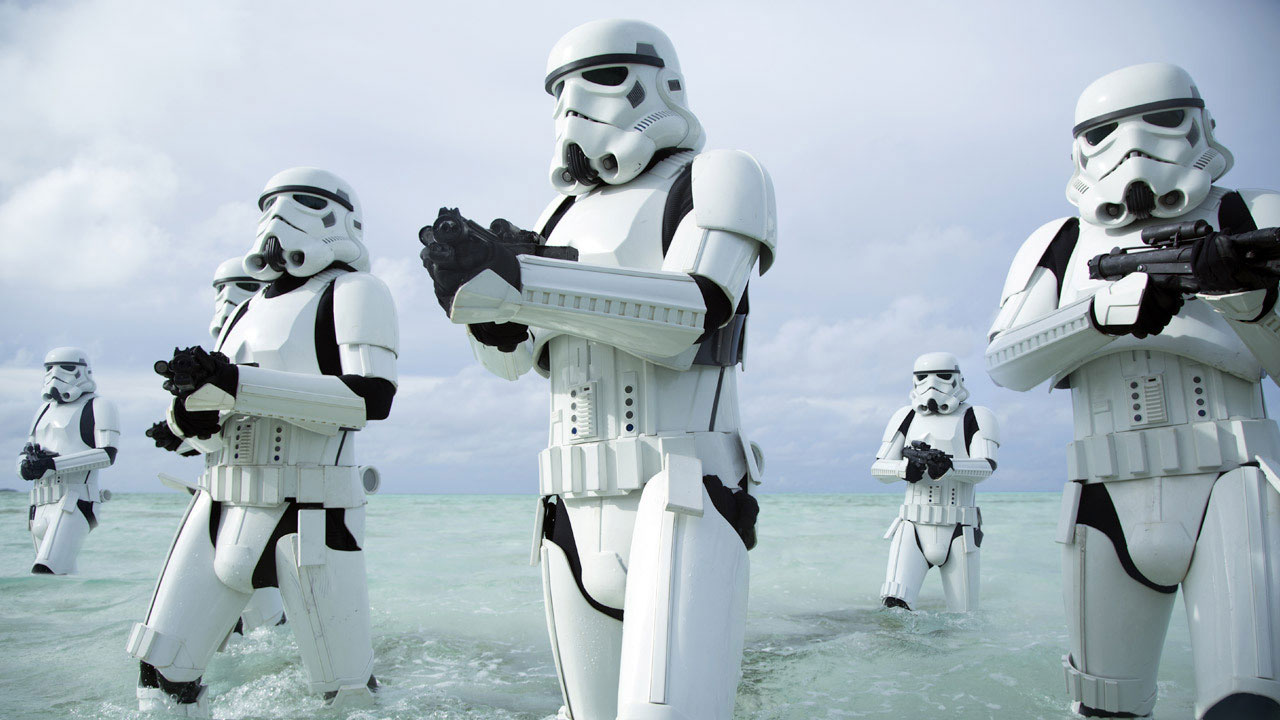
The success of Rogue One is impressive considering the fact that almost everyone who went to see it knew how it would end, as a group of rebels steal the plans to the Death Star.
Director Gareth Edwards injected his own love of the Star Wars franchise into the spin-off, with an exceptional ensemble cast clearly relishing in the opportunity to participate in the film.
Rogue One should be commended for the way it uses classic characters of the franchise. The appearance of both Darth Vader and a young Princess Leia is both impactful and respectful; the film acknowledges the importance of its predecessors and does not wish to tarnish their legacy, and to that end, Rogue One succeeds.
12. Iron Man 3 (2013)
Worldwide box office: $1.214bn

Marvel has often made directorial decisions that could be risky, and yet almost always come good: Kenneth Branagh made a solid job of directing Thor, while New Zealand’s comedian Taika Waititi will take the reins of Thor: Ragnarok.
Shane Black, whose screenwriting exploits include Lethal Weapon and Kiss Kiss Bang Bang, is a writer/director who focuses on wisecrack characters who string together sentences with wit, flair and a lack of care for anyone. Black was therefore the perfect fit to direct Robert Downey Jr’s Tony Stark, from a script he co-wrote.
The film holds back on the action and spectacle for large parts, focussing more on Stark’s unlikability and vulnerability when he is not in the Iron Man suit. On his own, the only armour that Stark can call upon is his ability to talk his way out of situations, and this position is where Shane Black excels in his role.
11. Captain America: Civil War (2016)
Worldwide box office: $1.153bn
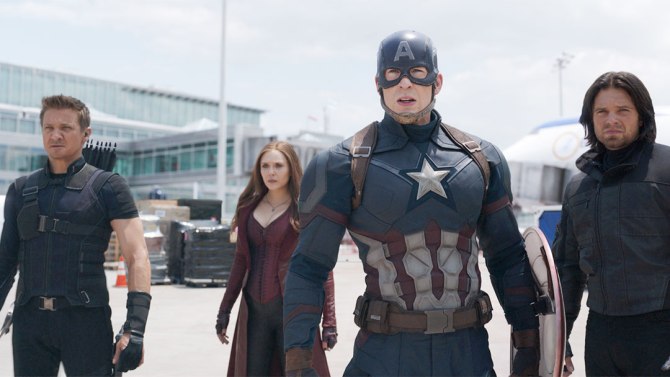
Just as Avengers: Age of Ultron was juggling too many different elements, the same can be said of Captain America: Civil War. Much of the focus of the film follows the tension that begins to divide the Avengers, with the group deciding which direction they should go in for the safety of all.
The ever-expanding Marvel Cinematic Universe means that the cast list is truly too large for a single film, and yet here every character gets their moment to shine, most notably Tom Holland’s introduction as Spiderman.
The Russo Brothers have created a film that promised the clash between Captain America and Iron Man, and yet the film never forgets that too much severity can be numbing. Civil War always remembers to be a fun journey, best highlighted at the airport confrontation when all characters are throwing just as many quips as punches.